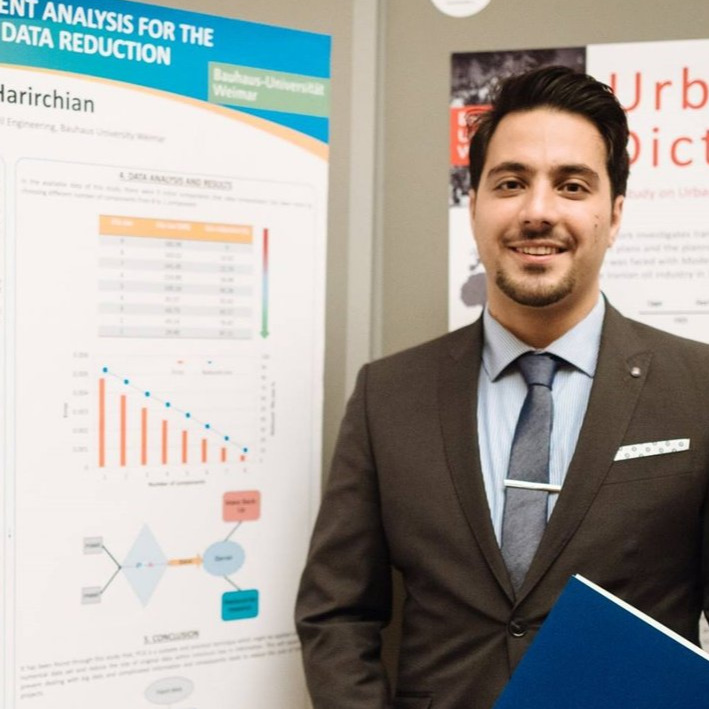Preprint
Article
Improved Rapid Visual Earthquake Hazard Safety Evaluation of Existing Buildings Using Type-2 Fuzzy Logic Model
Altmetrics
Downloads
222
Views
136
Comments
0
A peer-reviewed article of this preprint also exists.
This version is not peer-reviewed
Submitted:
12 March 2020
Posted:
15 March 2020
You are already at the latest version
Alerts
Abstract
Rapid Visual Screening (RVS) is a procedure that estimates structural scores for buildings and prioritize their retrofit and upgrade requirements. Despite the speed and simplicity of RVS, many of the collected parameters are non-commensurable and include subjectivity due to visual observations. It might cause uncertainties in the evaluation, which emphasizes the use of a fuzzy-based method. This study aims to propose a novel RVS methodology based on the interval type-2 fuzzy logic system (IT2FLS) to set the priority of vulnerable building to undergo detailed assessment while covering uncertainties and minimizing their effects during evaluation. The proposed method estimates the vulnerability of a building, in terms of Visual Damage Index, considering the number of stories, age of building, plan irregularity, vertical irregularity, building quality, and peak ground velocity, as inputs with a single output variable. Applicability of the proposed method has been investigated using a post-earthquake damage database of 28 reinforced concrete buildings from the Bingöl earthquake in Turkey.
Keywords:
Subject: Engineering - Civil Engineering
Copyright: This open access article is published under a Creative Commons CC BY 4.0 license, which permit the free download, distribution, and reuse, provided that the author and preprint are cited in any reuse.
MDPI Initiatives
Important Links
© 2024 MDPI (Basel, Switzerland) unless otherwise stated






